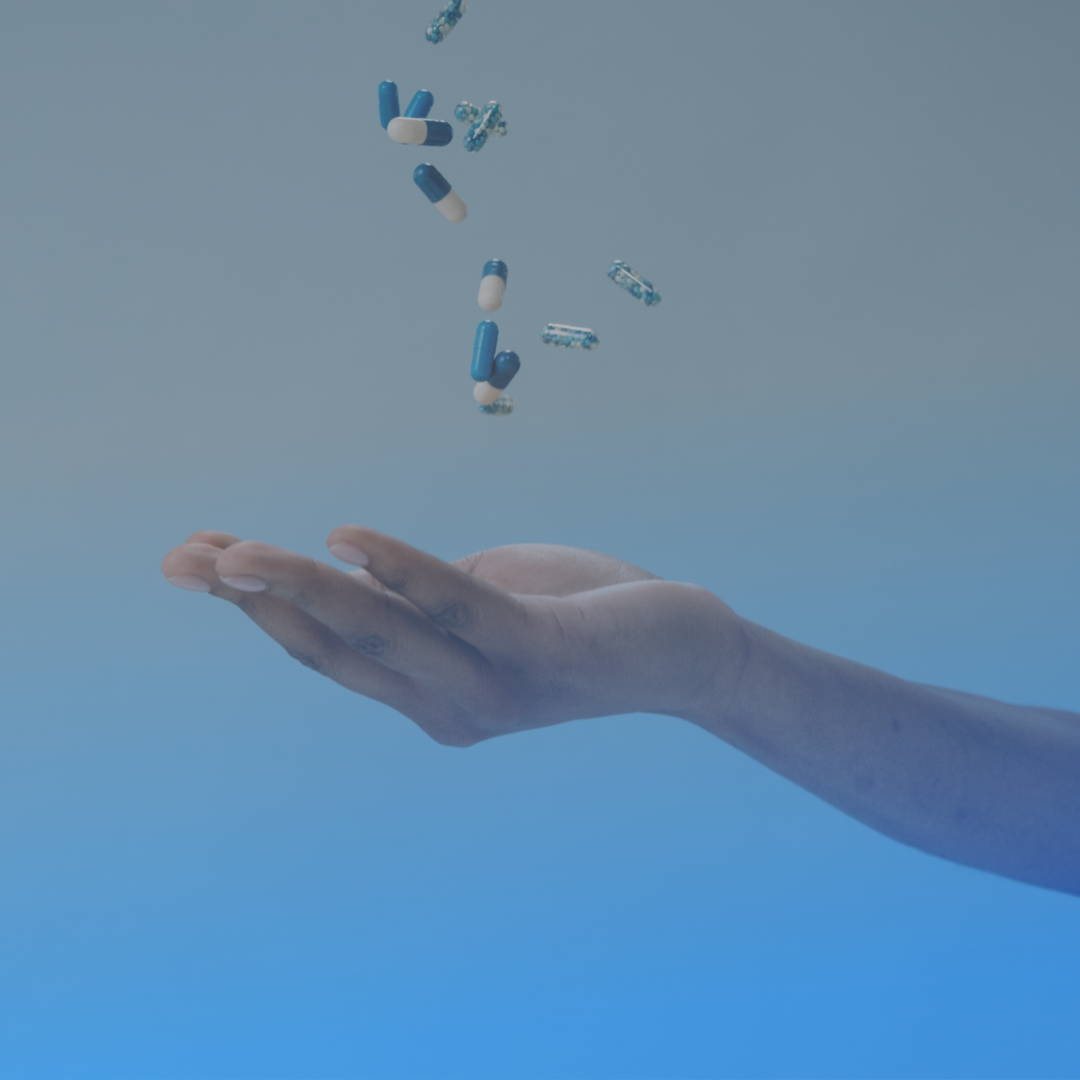Different kinds of treatment: Pharmacological treatment in Bipolar Disorder Part I
31. March 2022
The treatment of mental illness can be divided into many ways. For example, with regard to the length of treatment, we divide treatment into short-term and long-term, or according to the method of treatment into pharmacological and non-pharmacological.
In this article, we will introduce pharmacological treatment (pharmacotherapy), which mainly affects our brain processes and psychological functions. Drugs that are used to treat mental disorders are called psychopharmaceuticals and can be divided into several basic groups according to the psychological functions they affect.
Below we present the first part of the most commonly used drug groups in patients with bipolar disorder (mood stabilizers, antidepressants and antipsychotics). In the following article, we will introduce other drug groups (anxiolytics, hypnotics, neuroleptics and psychostimulants).
As with all prescribed drugs, it is advisable and necessary to follow the individual recommendation of your treating psychiatrist. We are all unique, both physically and mentally, and setting up an effective treatment is very individual. The following summary of information is just a general description.
The first group of drugs are the ANTIDEPRESSANTS, which are mainly used in the treatment of depression, anxiety and other psychological disorders. Antidepressants are divided into subgroups depending on what active substance they contain or how they affect the organism. The most commonly used ones are the so-called SSRIs (selective serotonin reuptake inhibitors), which help the brain to manage serotonin more efficiently and thus affect our mood regulation. The SSRIs include Zoloft, Cipralex, Deprex, Prozac, etc.
Another group are the so-called SARIs (serotonin agonist reuptake inhibitors), which have a dual effect. Like SSRIs, they help with serotonin management while also supplying the body with a serotonin-like substance, thus enhancing the overall mood-stabilizing effect. The best known drug of this type is Trittico.
The last group of antidepressants we will approach are dualistic antidepressants that have an effect on two kinds of neuroendocrine systems. A subgroupcalled NDRIs, targets the balancing of dopamine and noradrenaline that regulates mood while also promoting overall activation of the body. The most widely used drug is Wellbutrin. However, this is by no means a complete list of subgroups or examples of specific antidepressants.
In the treatment of bipolar disorder, MOOD STABILIZERS, called thymoprophylactics, are mainly used to help alleviate manic and depressive episodes without the risk of a shift to the opposite mood polarity, unlike antidepressants. The oldest known mood stabilizer is Lithium. Over time, other drug groups have been found to have a thymoprophylactic effect, such as some antiepileptic drugs like Valproate, Depakine or Biston. The newest types of stabilisers (such as Lamotrigine or Lamictal) are even safe for use in pregnancy.
Another group of drugs are ANTIPSYCHOTICS, formerly known as neuroleptics, which help with the integration of mental functions. Antipsychotics can have a mood stabilizing effect and reduce psychotic symptoms such as hallucinations or delusions. Similar to antidepressants, antipsychotics have many subgroups. The oldest subgroup is the classical antipsychotics, which are relatively fast-acting, sedative, and appropriate for severe and psychotic manifestations of bipolar disorder or schizophrenia. For example, Haloperidol.
Another group are the so-called atypical ANTIPSYCHOTICS, which affect not only on dopamine production, thereby alleviating psychotic symptoms, but also, for example, on serotonin, and, as with antidepressants, help to stabilise mood. This group includes many drugs such as Risperidone, Zyprexa, Olanzapine, Quetiapine, Abilify, etc.
Glossary:
Medication = medication used = drugs
Mediator = neurotransmitter = chemical substance in our body that transmits information in the brain between individual nerve cells, i.e. neurons (e.g.: serotonin, dopamine,…)
Agonist = a drug that acts in the same way as a natural mediator
Serotonin = chemical, as a neurotransmitter it is mainly responsible for mood regulation, its deficiency is associated with depression
Dopamine = as a neurotransmitter it affects the experience of pleasurable feelings (its level may be associated with addiction), it affects the integration of mental functions (its level is associated with schizophrenia) and motor function (its level is associated with Parkinson’s).
Noradrenaline = as a neurotransmitter it affects sleep, alertness, attention but also mood
Orel, M. (2016). Psychopatologie: Nauka o nemocech duše (2., aktualizované a doplněné vydání). Grada.
Vieta, E., Berk, M., Schulze, T. G., Carvalho, A. F., Suppes, T., Calabrese, J. R., Gao, K., Miskowiak, K. W., & Grande, I. (2018). Bipolar disorders. Nature Reviews Disease Primers, 4, 18008. https://doi.org/10.1038/nrdp.2018.8 Front Matter. (2021). In Neurobiology of Bipolar Disorder (s. i–ii). Elsevier. https://doi.org/10.1016/B978-0-12-819182-8.09994-4


